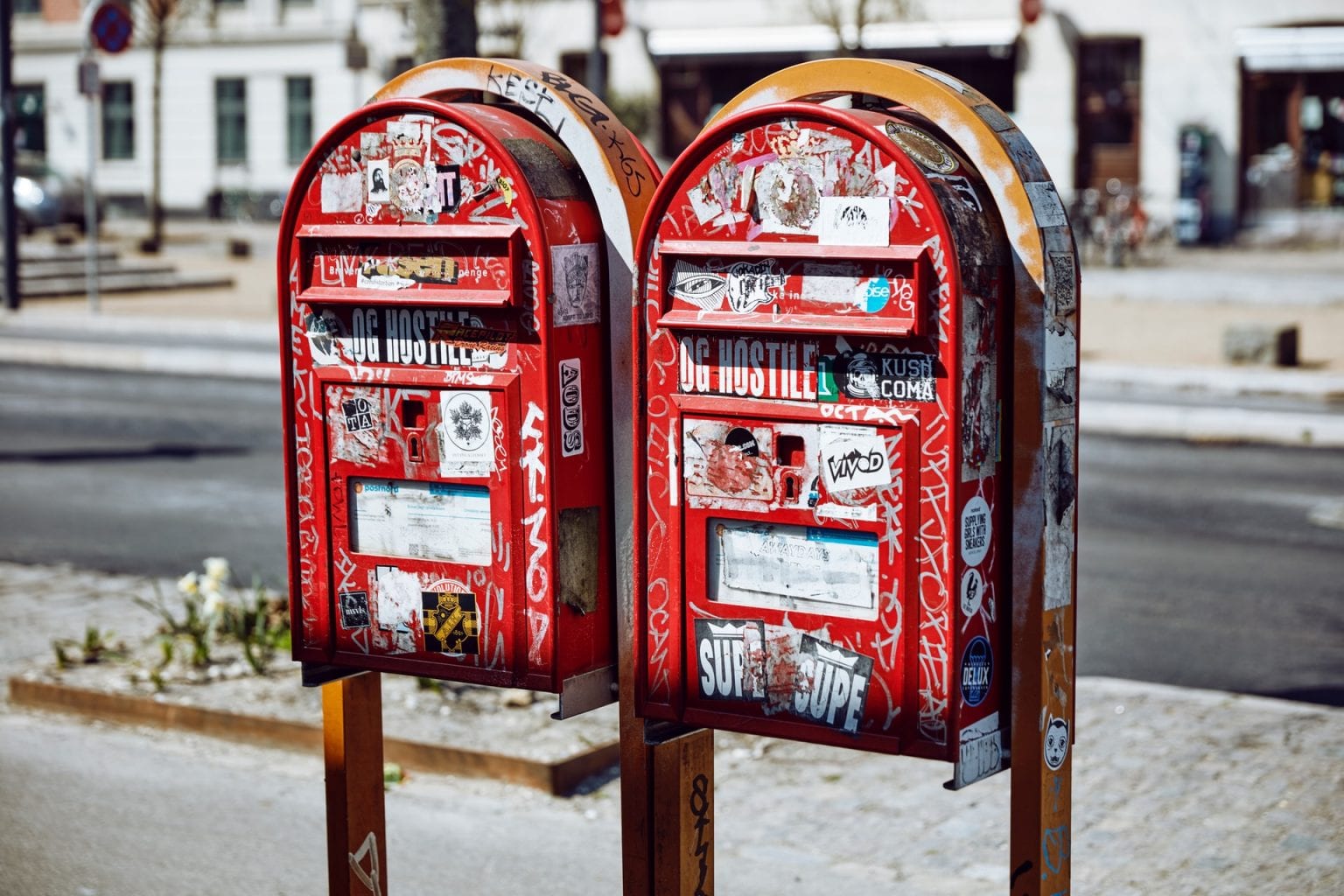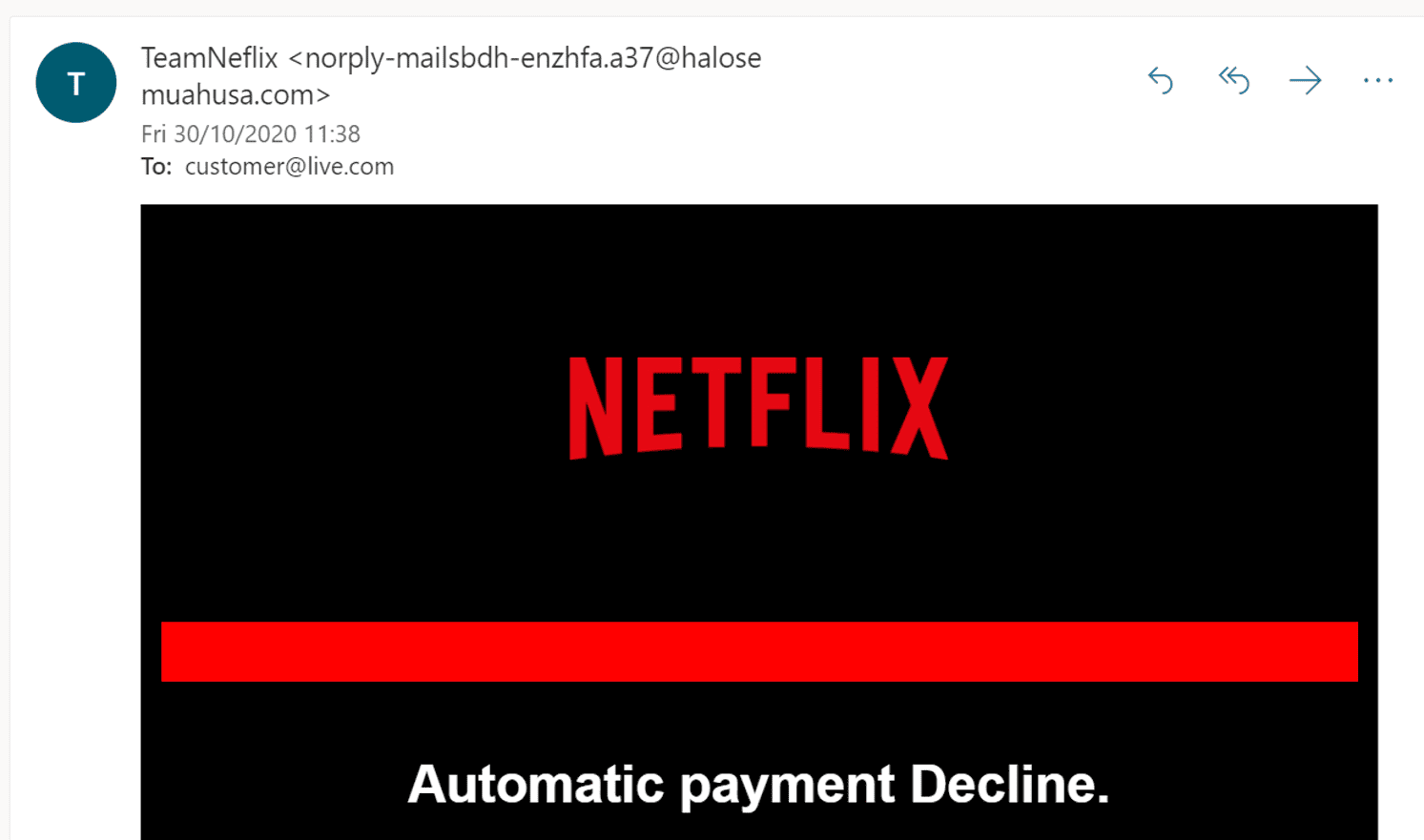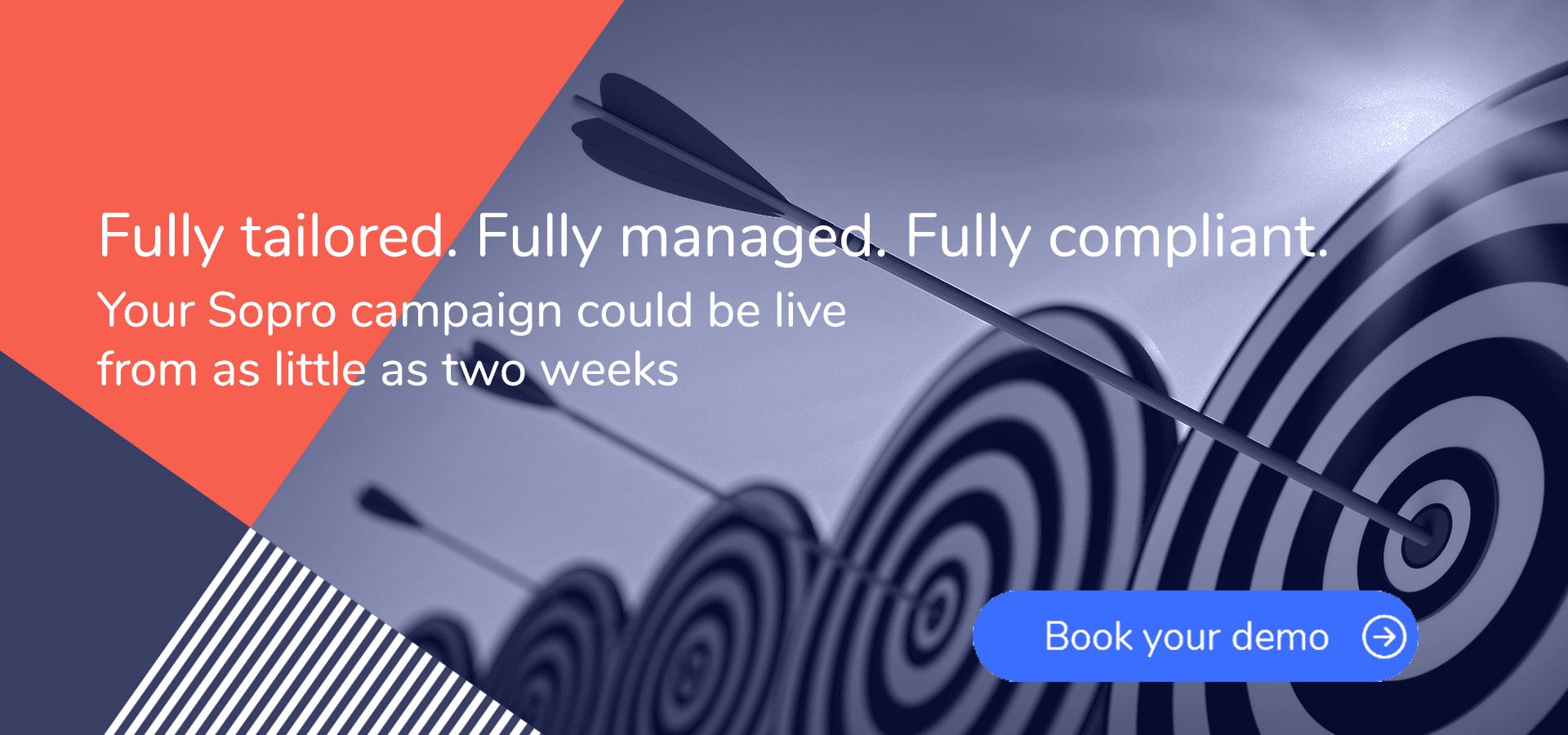How to avoid spam filters: getting your sales emails into inboxes

What spam filters are, how they work, and what you can do to stop your sales emails going to junk.
Whether you’re a sales newbie or a seasoned email marketer, understanding how to avoid spam folders is essential for a successful email campaign.
In this blog, we’ll delve into what causes your sales emails to get stuck in spam filters – from the obvious factors to the hidden surprises. Learn the best practices of sales emails and the technical aspects you need to know to ensure your sales emails land directly in the coveted inbox.
What are spam filters?
Spam filters are like gatekeepers for your email inbox. They work hard to keep out harmful and unwanted emails, known as spam or junk. These filters use various signals to determine which emails are genuine and which ones should be blocked.
Back in 2008, a whopping 92.6% of all emails sent were spam. Thanks to spam filters and regulations like GDPR, that number has dropped a lot. But even today, about 28.5% of all emails are still classified as spam.
When we think of spam filters, we often think of scammers sending malicious emails or scamming us with phishing attacks.
But here’s the thing: your emails can sometimes be marked as spam, even if you’re not doing anything wrong.
That’s why it’s important to understand how spam filters work and make sure your legitimate emails reach their intended recipients.
How do spam filters work?
In the past, spam filters would analyse every aspect of your email campaigns, trying to decipher whether they’d get to their final destination, or condemned to the dark depths of the spam folder.
Phrases like “Enlarge your wallet” and “Lose 14 stone in a day” were red flags that sent your spam score soaring.
But these days, things are a bit different. Email service providers (ESPs) have adopted more advanced technologies, and spam filters don’t just rely on the content alone to determine whether your email gets through the gates.
So what exactly do they scrutinise? And how can you avoid getting caught in the net? Let’s take a look.
What makes spam filters happy ?????
Email providers respond to and learn from users’ behaviour. So what actions make their spam filters happy?
The open factor: When users eagerly open your emails time and time again, it’s like a beacon of authenticity shining through the inbox fog. ESPs see this as a positive signal, assuring them that your emails are far from spammy and deserving of that coveted inbox spot.
The reply effect: The power of engagement! When people take the time to respond to your email campaigns, it’s like music to the email provider’s ears. Replies indicate genuine interest and interaction, and boost your reputation in their eyes.
The “not junk” revelation: Imagine the joy when recipients rescue your email from the dreaded junk folder. ESPs regard this as an incredibly strong and positive signal, showing that your campaigns are not only relevant but downright inbox-worthy.
The “move to folder” enigma: When your recipients carefully curate your emails into personalised folders within their inbox, it’s a clear sign that your emails are quality. ESPs interpret this as subscribers valuing your emails, which means a higher likelihood of continued inbox delivery.
The address book VIP treatment: When recipients add your email address to their trusted address book, ESPs take note and happily continue delivering your messages to the inbox.
What makes spam filters sad ☹️?
So what actions trigger the filters that doom your messages to the depths of cyberspace?
The junk relocation: When your emails get banished to the dreaded junk folder by recipients, it’s a powerful and unfortunate signal. ESPs perceive this as a resounding rejection, suggesting that your email campaigns have yet to be deemed worthy of the pristine inbox space.
The swift deletion: Imagine this: your recipients cast a fleeting glance at the sender and subject line, and without further ado, hit that delete button. ESPs interpret this swift deletion as a negative signal, indicating a lack of interest or relevance.
In this tough world of email deliverability, it’s essential to avoid these pitfalls that can hinder your campaigns’ chances of reaching the coveted inbox.
So with this in mind, let’s dive into how you can avoid spam filters in a little more detail.

How to avoid spam filters
Ok, we know what makes the spam filters happy, and not so happy. But if you’re in the business of sending sales and marketing emails, you’re probably asking: “How do I avoid spam filters, especially when I’m reaching out to someone who doesn’t know me?”.
Well, we’ve spent the last eight years sending 49.5 million sales emails on behalf of our clients, so we’ve learned a lot about how to get into inboxes.
The reality of email marketing today is that not reaching the inbox is a very real possibility. And if spam and junk folders weren’t enough to worry about, your mail can sometimes get blocked completely – before it even gets the chance to be marked as spam ????.
And now, Gmail adds a secondary level, where you might have avoided being marked as junk, but still land in a “category” tab, with “social”, “promotions”, “updates” and “forums” all added alongside the main inbox.
There are likely hundreds of factors behind your emails ending up in the spam folder. We’ve listed out the most prominent – and actionable – ones below.
The audience factors
1. Target the right audience
The more work you do upfront to make sure your audience is right for you, the less likely you are to get flagged as spam.
With B2B, you don’t have to ask for permission to use someone’s data for direct marketing. You’re allowed some leeway under “legitimate interest” (meaning you need a good reason to be getting in touch with them).
If you’re looking to get results fast, it’s tempting to just send as many emails to as many people as possible. But when it comes to sales emails, it really is quality over quantity.
Sending a relevant message to 50 people within your target market will be far more effective than sending 1,000 messages to people who may have no need for your product. And if you’re sending too many emails at once, it’s a sure fire way to get your domain blacklisted.
We’ve sent almost 50 million B2B prospecting emails so far, so we know how to get your emails into inboxes. Our experts find the right audience for you, carefully organised, verified, and tailored to your needs. See how we can help you sell more.
2. Don’t buy contact lists
Bought lists return bad results. They can also ruin your brand reputation and be against certain anti-spam laws.
Not only that, but the accuracy of static data decays really quickly, meaning many of the email addresses will no longer be valid – resulting in undelivered mail that damages your domain reputation.
As covered above, some of your undelivered emails may be a result of email addresses that are no longer active. If you keep sending mail to unused inboxes then things can snowball. Your reputation will take a hit, and deliverability will start to suffer even more.
Luckily, there are tools you can use that tell you if an inbox exists or is risky to send to. And they do it without actually sending an email, so your domain reputation remains intact (if you’re with Sopro, this is all done for you ????).
The technical factors
3. Have a consistent sender address
Your sender address is simply the email address that you’re sending messages from. If yours has numbers and letters that seem unnatural or suspicious, you run the risk of being flagged as spam. Basically, don’t send emails from addresses such as jess1354381035637@gmail.com if you want to avoid spam filters.
4. Check the DNS Blacklist
A DNS Blacklist (also known as a Realtime Blacklist) is a list of IP addresses or domains that are known to send spam. End up on one of these lists, and your mail server won’t even send your emails. Although large internet service providers have their own blacklists, many use publicly available lists maintained by specialist companies. You can check your domain here.
5. Use a reputable email service provider
An ESP allows users to do two basic things: store email addresses and send emails. Which ESP you use will affect email deliverability rates. Reputable ESPs can refuse to accept emails sent from unknown or disreputable ESPs.
6. Check your “deliverability”
There are also a lot of technical setup factors that you have to consider, including whether your emails are actually “deliverable”. Deliverability is surrounded by snazzy and confusing acronyms such SPF, rDNS, DKIM, and MX records. So if you want to understand more about email deliverability in plain English, we’ve got you covered.
7. Company information
Google likes company websites to include something called “NAP”, which is basically a fancy acronym for Name, Address, and Phone number. NAPs verify your company and ensure search results feature trustworthy sites. For emails, including this information does a similar job, and can help ESPs to trust you better.
8. Bounce rate
Email bounce rate is the percentage of emails that never get delivered and are returned – or bounced right back – to you.
Bounces fall into two categories: hard and soft. Soft bounces are generally a temporary problem, although if a message fails several times it’ll become a hard bounce. A hard bounce happens either because the address doesn’t exist, or the recipient server has blocked delivery.
Keep an eye on your bounce rate – if it gets too high, ESPs will start lowering your sending reputation, making your emails destined for the spam filters.
The content factors
9. Follow the subject line rules
We’ve covered how to write the perfect subject line before, but before you get writing, make sure you don’t fall for any of the below traps that’ll get you stuck in the spam filters:
- Using numbers (123456) and currency symbols (£$€)
- Having too many special characters!!!!????&&%%
- SHOUTING IN CAPS LOCK
- Having, quite frankly… *too much* unnecessary punctuation – you know?
- Fwd: Re: Using prefixes that suggest a previous email, when there isn’t
- Urgent! Breaking news! Actually, the subject should honestly reflect the content of the email
10. Avoid using spam trigger words
You want to wow people with your words and drive them to take action. But some words cause spam filters to trigger, as they tend to be used in junk emails.
Words relating to finance, money, and winning are common spam triggers, but there are many more that can flag your email too. Take a look at these 250 email spam words to avoid when writing emails.
11. Check your spelling, punctuation, and grammar
We’ve all read phishing emails that are littered with typos. Spelling mistakes are a clear sign that your email might not be authentic, but such a simple one to fix. Use a spell check, tools like Grammarly, or get a pedantic colleague to proofread.
12. Include links (but not too many)
You definitely want to include links in your emails, as that’s how reader take action. But add too many and your message starts to look spammy. Spam filters monitor your “text-to-link” ratio, so you’ll want to keep the number of links to a reasonable amount – one or two is normally just right.
13. Avoid having more images than text
One of the most common mistakes is having an “image-to-text” ratio that’s too heavy on the images. Spam filters can’t view images, so they mark them as a potential risk. And while a picture paints a thousand words, you should always have written content that provides detail.
14. Have a plain text version of each email
HTML emails should always have a text-only version included too. HTMLs without a text-only counterpart get flagged for greater scrutiny, and testing shows that the same message sent with the plain text version doesn’t go through this additional security layer.
15. Don’t include attachments
Spam filters see attachments as potentially harmful, so if you want to present some content or a price list, direct readers to a relevant page on your website instead.
16. Send emails that people engage with
As we know by now, it’s not just about what you can do on your end to avoid spam filters, but how the recipients engage with your emails will all count towards whether ESPs let you into the coveted inbox. Opens, replies, forwards, moving to folders, marking as safe, and forwards are all positive signals, whereas marking as junk, or deleting without opening will be noted as negative.
Get a score on your email content efforts and receive tips on improving it with our Email Awesomeness Checker.
Just copy and paste your email content, and the Checker will run through aspects such as word count, spam terms, and URLs, and give you a score out of 100.
The Checker will clearly point out where you’re smashing it, and which aspects you need to tweak, so you can easily optimise your sales content and start sending emails that get responses.
Can you beat the Awesomeness Checker? Try it now.
The legal and ethical factors
17. Allow people to unsubscribe
We know you want to keep them all, but you have to allow users to unsubscribe. It’s the rules. Legally, you need to provide a link in the email that allows users to easily opt out.
18. Don’t use a misleading “from” address
We’ve all had emails like the one below, where a spammer attempts to cover a nonsense email address with a more plausible name in the “from” field. It’s classic spam – don’t do it.

19. Don’t send too many emails, too often
The frequency with which you send your emails should be monitored and optimised as part of your sales and marketing efforts.
Send too often and you’ll increase unsubscribes and users blacklisting you. But if you don’t send often enough, users might not remember signing up and treat your email as spam. Optimal frequency varies by brand and industry, so the best approach is to test and learn.
So, just the 19 things to remember, then ????.
You could do all this yourself. Or, if you’re looking to avoid spam filters and get great results from your sales emails, you could just let Sopro take care of it.
Looking for lead generation services for marketing and advertising agencies? Or maybe you’re after a lead generation agency for training and coaching services. Look no further than Sopro. We’ll develop messaging that resonates with the decision-makers you need to sway.
We’re an email marketing agency with a proven track record of sending messages that arrive in inboxes at peak times, speak directly to your target audience, and address their pain points. Discover our email marketing for lead generation strategies for expert tips, and more.









Share